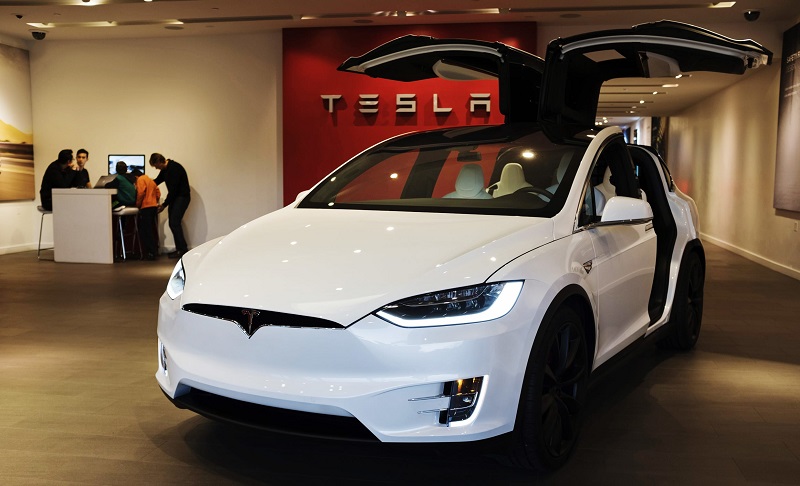Tesla Revenue Explodes and Net Income Hits Record in Q1
Electric vehicle giant Tesla reported its first quarter financial results after the bell on Monday that sent shock waves through Wall Street.
The company reported a record net income of $438 million for the quarter as well as earnings of 93 cents a share on $10.39 billion in revenue.
Despite all this, shares still fell in after-hours trading.
For the quarter, Tesla reported earnings of 93 cents a share compared to the 79 cents that had been expected according to Refinitiv. Revenue at $10.39 billion was ahead of the $10.29 billion expected, per Refinitiv. It was also an increase of 74% from a year ago.
The company’s net profit soared to a quarterly record of $438 million on a GAAP basis. Tesla also recorded $518 million in revenue from sales of regulatory credits during the period and recorded a $101 million positive impact from sales of bitcoin during the quarter as well.
Tesla stated that the company had “weathered chip shortages that have plagued the auto industry in part by “pivoting extremely quickly to new microcontrollers, while simultaneously developing firmware for new chips made by new suppliers.”
Deliveries in the first quarter came to 184,800 of the Model 3 and Model Y cars. This was ahead of expectations and also a record for the company. Tesla did not however produce any of its higher-end Model S sedans or Model X SUVs for the period ending March. It delivered 2,020 older Model S sedans and Model X SUVs from inventory.
It was also on the earnings call that chief executive Elon Musk delayed deliveries of the new version of the Model 5 sedan to May. The Model X delivers will start in the third quarter.
In January Musk had said that the Model S Plaid was already in production would be delivered starting in February 2021. This week he explained, “There were more challenges than expected,” but he did not elaborate with any details.
Tesla is now aiming to produce 2,000 Model S and X vehicles per week later this year and expects more than 50% vehicle delivery growth in 2021 overall.
Tesla also touted that cameras and not radar are better on autonomous vehicles. “Our AI-based software architecture has been increasingly reliant on cameras, to the point where radar is becoming unnecessary earlier than expected. As a result, our FSD [Full Self-Driving] team is fully focused on evolving to a vision-based autonomous system and we are nearly ready to switch the US market to Tesla Vision,” the company said.
Disclaimer: We have no position in any of the companies mentioned and have not been compensated for this article.


